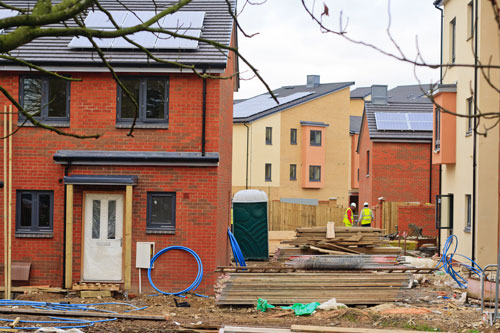A critique of greenbelt, conflict resolution and Third Party Right of Appeal (TPRA)
Cultural conceptions of nature (Murdoch and Lowe 2003), notions of the rural idyll (Ilbery 1998; Woods 2010) and politics (Amati and Taylor 2010) are all common reasons why the spatial division of the rural-urban divide remains so strong within the UK land use planning system . Amati and Taylor (2010) in reviewing greenbelt criticisms have pointed to its cost (in terms of restricting the supply of development land) to it being outdated (in a time of modern communications) and to it being a blunt instrument attempting to deal with the complexities of issues in the rural-urban fringe.
Criticism of UK greenbelt policy has also come from external sources too. The OECD (2011) commented on the UK’s lack of action on dealing with housing demand.

In 2010 there were 1.8 million households on English local authority housing registers alone (Wilson 2010). Recent advice to government suggests that almost 300,000 new homes per year between now and 2031 need to be built (ibid) as household make-up changes, as older homes need to be replaced and homes for in-migrants are provided (Woods 2007). In this context the OECD suggest that greenbelts in the UK constitutes a ‘major obstacle’ to providing new housing development around cities where it is needed.
In 2011 the UK Institute of Directors also criticised the UK greenbelt and called for an easing of the policy to boost the construction sector and aid the UK economic recovery. Their view was that with increasing population growth and already high urban densities, particularly in the SE of England, that land should be released for development in the greenbelt where current restrictions were limiting the economic recovery in the UK (IOD 2011). This is a classic development versus nature argument.
On the other hand, a Third Party Right of Appeal (TPRA) is being sought in the UK to address the inherent lack of perceived equality in a planning system where the applicant has a right to appeal, but third parties do not. Its introduction is also regarded as critical to achieve environmental justice and to ensure the safeguarding of the built and natural environment for future generations. A consultation in Scotland in 2004 (Scottish Government 2004) on the planning system highlighted many of the issues which remain to be resolved with regard to TPRA as a means to ease the conflict on the rural-urban fringe.